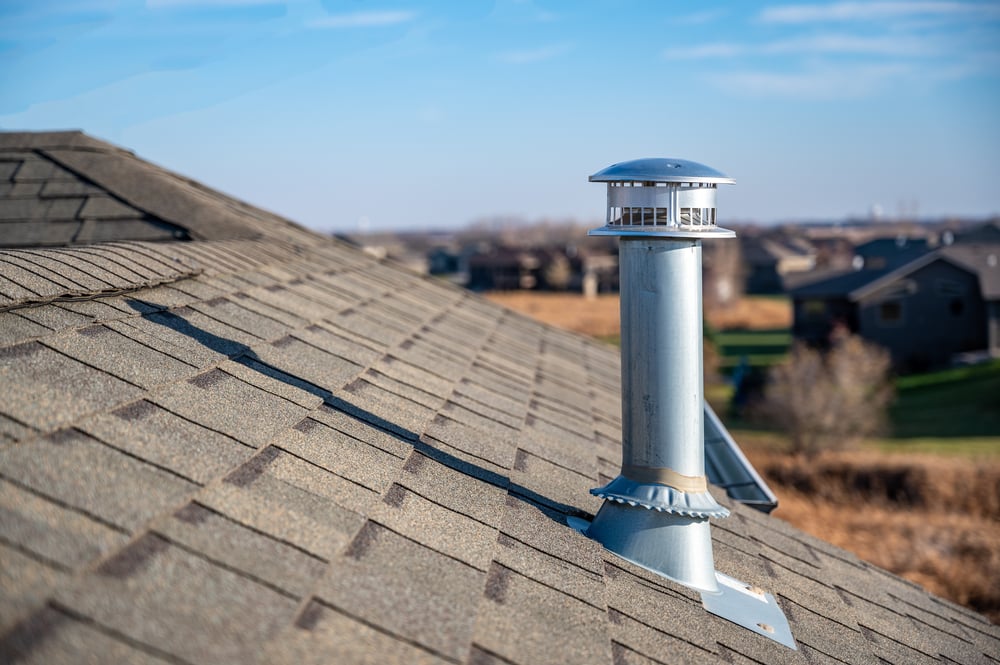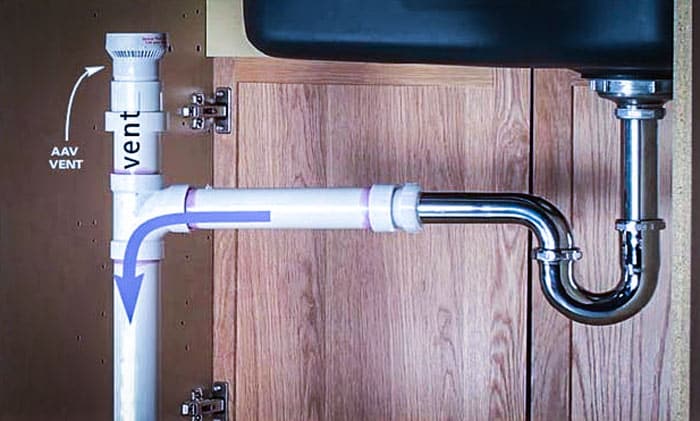How Proper Ventilation in Plumbing Systems
How Proper Ventilation in Plumbing Systems
Blog Article
We have stumbled on this post about Why Plumbing Air Vents Are Important below on the net and reckoned it made perfect sense to quickly share it with you over here.

Proper air flow in plumbing systems is often forgotten, yet it is critical for preserving the capability and security of your home's plumbing. Air flow helps manage air pressure, prevent the build-up of damaging gases, and make sure the effective elimination of waste. In this overview, we will certainly check out the importance of proper pipes air flow, how it functions, and the benefits it offers your plumbing system.
How Ventilation Works in Pipes Systems
Atmospheric Pressure Regulation
Correct air flow preserves balanced atmospheric pressure within the pipes system. When water flows via pipelines, it displaces air. Without adequate air flow, this variation can develop unfavorable pressure, leading to slow drains pipes or siphoning of water from traps, which can cause unpleasant smells to permeate into the home.
Protecting Against Drain Gas Buildup
Among the most critical functions of pipes vents is to prevent sewage system gases, such as methane and hydrogen sulfide, from building up within the home. These gases can pose significant health and wellness threats and are extremely combustible. Vent pipelines permit these gases to escape safely outdoors.
Aiding in Waste Elimination
Ventilation aids in the effective removal of wastewater by protecting against airlocks in the drainage system. When air can flow easily via the vents, it permits water and waste to move smoothly via the pipes, decreasing the risk of blockages and back-ups.
Benefits of Correct Ventilation
Enhanced System Efficiency
Effectively ventilated pipes systems run much more effectively, with less obstructions, faster draining, and much less pressure on the pipelines. This performance expands the lifespan of the pipes system.
Improved Air Top Quality
By protecting against sewage system gases from entering your home, appropriate ventilation contributes to better interior air quality, making your living atmosphere healthier and a lot more comfy.
Stopping Water Damages
Adequate ventilation helps avoid water from being siphoned out of traps, which can bring about drain gases getting in the home and triggering water damage in time.
Actions to Guarantee Appropriate Ventilation
Consulting Plumbing Codes
Constantly get in touch with neighborhood pipes codes when designing or modifying your pipes system. These codes give the required standards for proper venting and guarantee your system satisfies safety and security criteria.
Regular Examination and Maintenance
Normal examinations can assist identify potential ventilation issues prior to they come to be major problems. Upkeep tasks, such as cleansing air vent pipes and looking for clogs, are necessary for keeping the system in good working order.
Specialist Installment
For new setups or significant adjustments, it's wise to work with a specialist plumber. They have the expertise to make sure the air flow system is correctly created and installed according to code.
Recognizing Ventilation in Plumbing
Ventilation in plumbing describes the network of pipes that allow air to flow with the drain system. These vents serve multiple purposes, consisting of controling air pressure within the pipes, avoiding sewage system gases from entering the home, and helping in the smooth circulation of wastewater.
Kinds Of Plumbing Vents
Key Heap Vent
The major stack vent, additionally referred to as the air vent pile, is the primary vent in a pipes system. It extends from the major drain line up with the roofing system, allowing gases to run away and fresh air to go into the system.
Branch Vent
Branch vents attach to the main stack air vent and serve private fixtures, such as sinks, bathrooms, and showers. These vents ensure that each fixture has sufficient ventilation to operate correctly.
Air Admission Valve (AAV).
An Air Admission Shutoff (AAV) is a one-way shutoff that permits air to enter the plumbing system without the demand for a standard vent pipeline prolonging via the roofing system. AAVs are typically utilized in improvements or areas where setting up a common air vent is impractical.
Signs of Poor Air Flow in Plumbing.
Slow Draining Fixtures.
If your sinks, bathtubs, or bathrooms are draining pipes gradually, it could be a sign of inadequate air flow. Insufficient air flow can produce a vacuum result, making it tough for water to drain appropriately.
Gurgling Sounds.
Gurgling noises originating from drains pipes are frequently an outcome of air being drawn via water catches as a result of adverse stress in the pipes. This is a clear indicator of not enough ventilation.
Unpleasant Odors.
Sewer smells inside your home are a red flag that your pipes system is not effectively aerated. This might indicate that drain gases are not being effectively aired vent outside, leading to possibly harmful conditions.
Common Air Flow Mistakes.
Insufficient Vent Sizing.
Utilizing small vent pipelines can cause bad air circulation and stress imbalances in the system. It's vital to utilize vents that fulfill the certain requirements of your plumbing system.
Improper Vent Placement.
Placing vents as well much from the fixtures they serve can minimize their effectiveness. Appropriate positioning makes certain that air can move freely and effectively with the system.
Ignoring Code Demands.
Building regulations give details standards for pipes ventilation. Disregarding these codes can lead to a system that stops working to function correctly and might result in pricey repairs or carcinogen.
Conclusion.
Appropriate air flow is a vital component of any pipes system, making sure that it works efficiently and safely. By understanding the value of ventilation, recognizing the indications of poor ventilation, and taking steps to preserve your system, you can prevent expensive problems and safeguard your home's air high quality.
What is a Plumbing Vent and it's used for?All plumbing systems in residential and commercials construction have a plumbing vent. It doesn’t just vent unwanted odors from the drainage system to the outside; it actually serves an important purpose by supplying air to the system.
The plumbing drainage system is actually called a drainage, waste and vent (DWV) system. When water flows down the piping, an air supply (vent) is needed to allow the water to flow. Think of the vertical pipe as a drinking straw. If you plug the top end of a straw, liquid won’t drain from it.
The DWV system in your building consists of a series of pipes connected to each fixture; they extend above each fixture, and the system terminates at an open pipe that extends through the roof. This piping allows air into the system and prevents unbalanced pressures in the piping.
?The vent also prevents the system from drawing water out of a trap at the fixture with the characteristic “glug-glug-glug” as the drain gasps for air. Plumbing traps should drain smoothly and never “glug” or gasp for air.
If you have a drain that empties slowly or gurgles as it drains, this may indicate a venting problem. If you flush a toilet and the sink gurgles, there’s definitely a vent problem. It is good idea to have a Plumber check this.
https://www.ameliashomeinspection.com/blog/what-is-a-plumbing-vent-and-its-used-for

I ran across that post on What Is a Plumbing Vent and Why Is It Important when doing a search on the search engines. Don't hesitate to take the opportunity to distribute this post if you enjoyed reading it. Many thanks for being here. Return soon.
Schedule Services Report this page